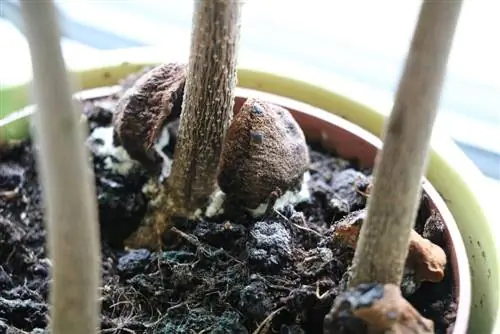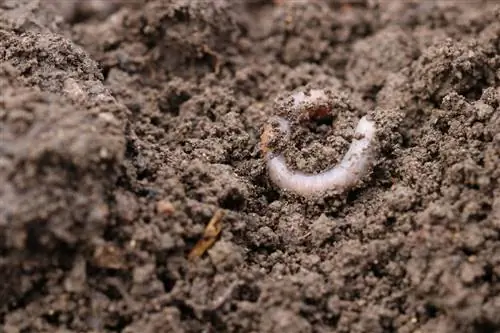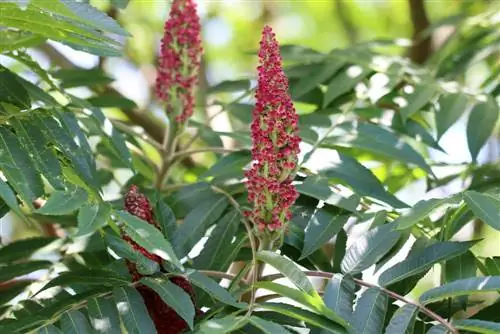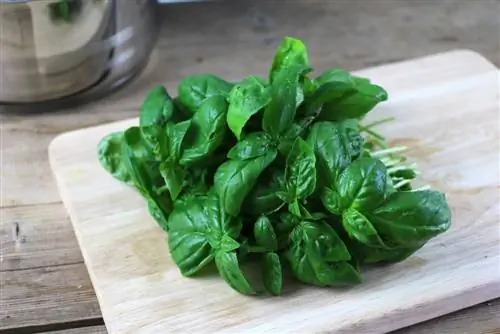- Author admin [email protected].
- Public 2023-12-17 03:39.
- Last modified 2025-01-24 12:45.
Houseplants in flower pots or balcony plants in pots have special challenges to overcome due to the limited root space and the small amount of substrate. In addition to the lack of individual nutrients, an excess of water can also pose a danger to potted and container plants. If the water accumulates and the plant is constantly in water, rot can occur and cause the roots to die.
Detecting waterlogging
Waterlogging always occurs when plants in the pot have received too much water and it cannot drain away properly. You can quickly tell whether a plant is doing well or not by the wilting leaves. If the plant droops its leaves, it is usually due to a lack of water. After watering, the leaves quickly stand up again. If the leaves suddenly turn yellow, the greatest attention is required, then excess water may be the cause. If the leaves are yellow, check the soil in the pot. Is it very moist? Look in the coaster or planter. Has water accumulated? If you discover these facts, you should act immediately.
Remove waterlogging
If you notice that your plant is standing in water, remove it as quickly as possible. Also observe whether additional water flows out of the potting soil and backs up in the saucer. Leave the plant dry for a few days. Drying the roots can cause the plant to recover. If you notice wilting leaves and damage to the plant, check the root ball.
Fungi, which find the best conditions in moist soil, are responsible for the rotting of the roots. If the entire root ball has rotted, there is no point in repotting. However, if some of the roots are still he althy, it is worth trying to save the plant. Remove the dead roots. Plant the plant in fresh soil and avoid watering at first.
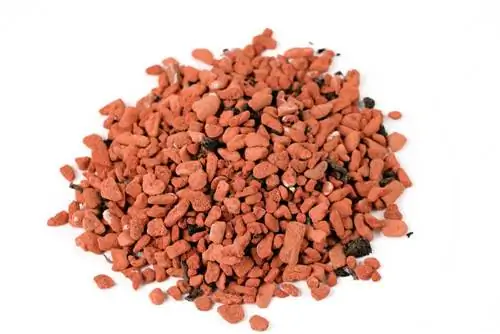
9 tips to avoid waterlogging
- Watch your plants. Yellow leaves can be a sign of disease, pests, too much or too little water. Get to the bottom of the cause! Pour with tact! To test, press your finger into the soil. Only water the plant when the top layer of soil is dry. Most plants survive drought better than too much moisture.
- Pay attention to the planters! Planters look pretty, but they pose a danger to plants. After all, you don't know whether excess water can drain out of the flower pot or whether it is pooling. The danger can be eliminated if you raise the flower pot in the planter a little higher. For example, place a stone in the planter and place the flower pot on top of it. This allows the water to drain away easily.
- Coasters can also prevent water from running off. Make sure that there is no permanent water standing in the coaster.
- When watering your plants, consider the location. Plants in warm rooms or potted plants on the balcony or terrace in summer must receive enough water. In cool rooms and during winter dormancy, the plants may only be watered lightly.
- Make sure to temporarily loosen the soil in the planter or flower pot. Just like in beds, potted plants also need loosened, permeable soil. This contributes to the evaporation of the water and helps to avoid waterlogging.
- Use clay granules instead of potting soil! Clay granules have the ability to store moisture and release it evenly to the plant. This property is successfully used for houseplants that cannot be watered for a long time. For example, in offices and business premises but also in private areas, the casting effort is reduced in the long term by using clay granules.
- Pay attention to the drainage! Fill your pot or container with a layer of coarse gravel. This reduces the risk of too much moisture. Then fill a layer of clay granules into the planter and insert the plant.
- Use automatic irrigation systems! Such systems are available from specialist retailers in combination with different types of plant granules. These systems perfectly display the plant's moisture requirements and give every hobby gardener additional security.
- Find a sheltered place in your garden for the potted plants, for example under a canopy. Heavy or prolonged rain can otherwise cause a build-up of moisture and damage the plant.

